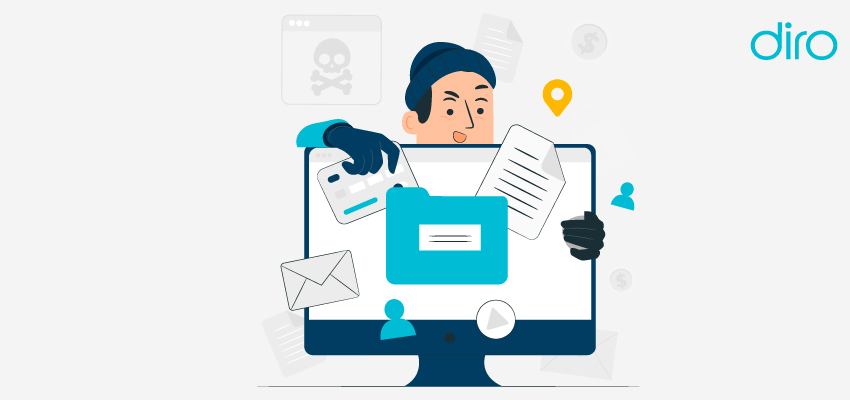In the present electronic age, personality proof has become a important portion for firms and organizations across various industries. From banking and finance traveling and healthcare, verifying the authenticity of an individual's identification helps prevent fraud, guarantees regulatory conformity, and protects sensitive information. One of the most substantial advancements improving identification confirmation procedures is document fraud detection.This technology has transformed how agencies authenticate documents, creating verification quicker, more trusted, and more secure.

Increasing Precision and Reliability
File scam recognition methods use sophisticated technologies such as for example synthetic intelligence (AI), equipment learning, and picture recognition to analyze identity papers like passports, driver's licenses, and ID cards. These methods may identify inconsistencies, adjustments, phony characteristics, and forged documents that might be difficult to recognize with information inspection.
By automating this process, agencies significantly lower human error and raise the accuracy of identification verification. This improvement guarantees that just genuine papers are acknowledged, which strengthens over all protection and rely upon confirmation procedures.
Speeding Up Proof Processes
Old-fashioned identity verification methods often include time-consuming manual checks, which can delay onboarding or use of services. Report fraud detection engineering permits instant or near-instant verification by quickly considering document authenticity.
That rate is especially important for industries requiring large sizes of verifications, such as financial solutions or on line platforms. Quicker processing promotes client experience by reducing wait instances while maintaining stringent safety standards.
Promoting Regulatory Submission
Many industries operate below strict regulations regarding customer identification and anti-money laundering (AML) measures. Record fraud recognition assists companies comply with your demands by giving trusted proof file validity.
The engineering supports regulatory frameworks like Know Your Customer (KYC) by verifying that identification papers meet standard standards and haven't been tampered with. That submission decreases the chance of fines, legal problems, and reputational damage.
Lowering Fraud and Economic Failures
Report fraud detection is really a powerful software in overcoming identification theft and fraudulent activities. By finding solid or altered papers before giving accessibility, businesses can reduce unauthorized transactions, bill takeovers, and different security breaches.
Reducing scam not just protects consumers but in addition saves organizations significant economic failures and detailed charges linked to scam investigations and remediation.
Increasing Consumer Experience
Developing file scam detection with personality verification systems often requires user-friendly interfaces, such as portable programs or web portals. Customers may publish or scan their papers easily, obtaining fast feedback on proof status.
That easy knowledge encourages consumers to complete verification processes without stress, raising completion rates and client satisfaction.

Realization
The impact of report fraud detection on identity verification processes is profound. By improving precision, speeding up proof, promoting compliance, lowering fraud, and increasing person experience, this engineering is now vital for contemporary personality management. As fraudsters keep on to develop superior techniques, continuous breakthroughs in record fraud detection can stay essential in safeguarding identities and maintaining trust in electronic transactions.
